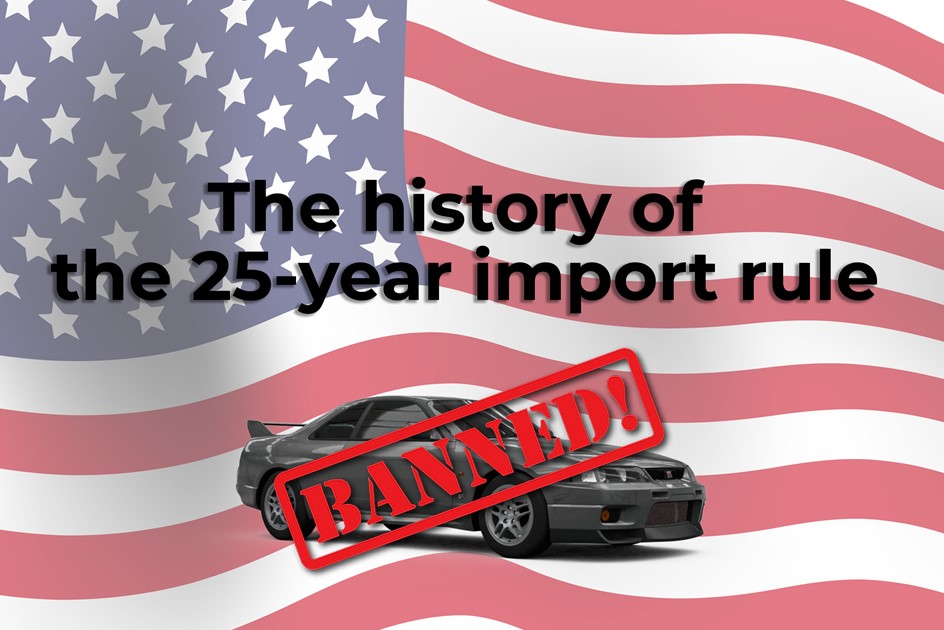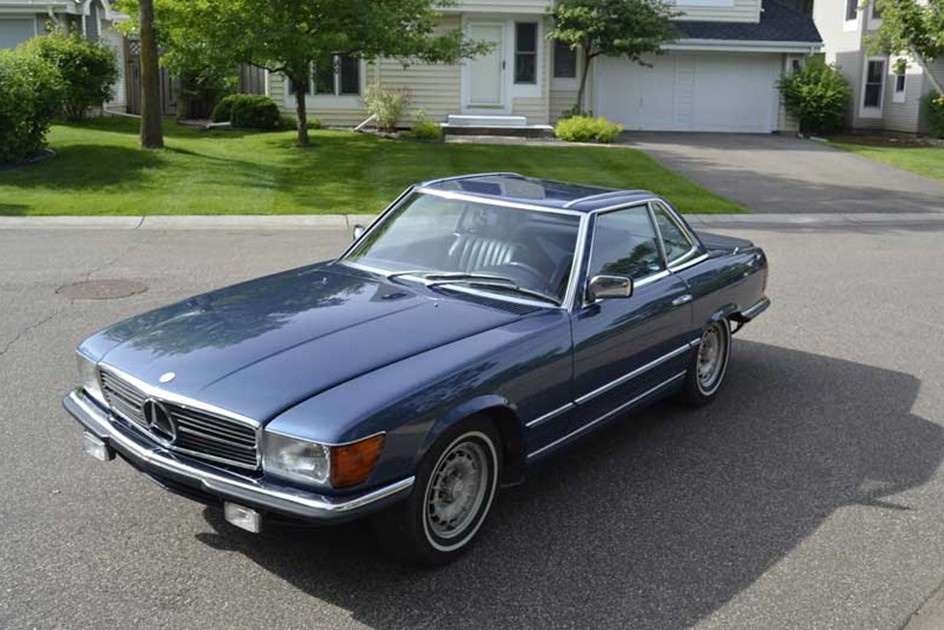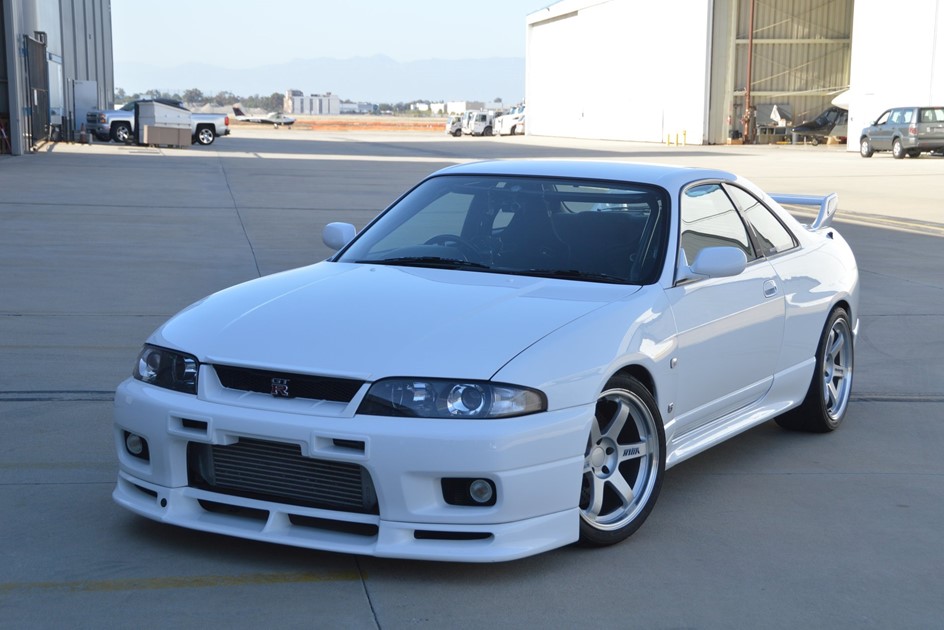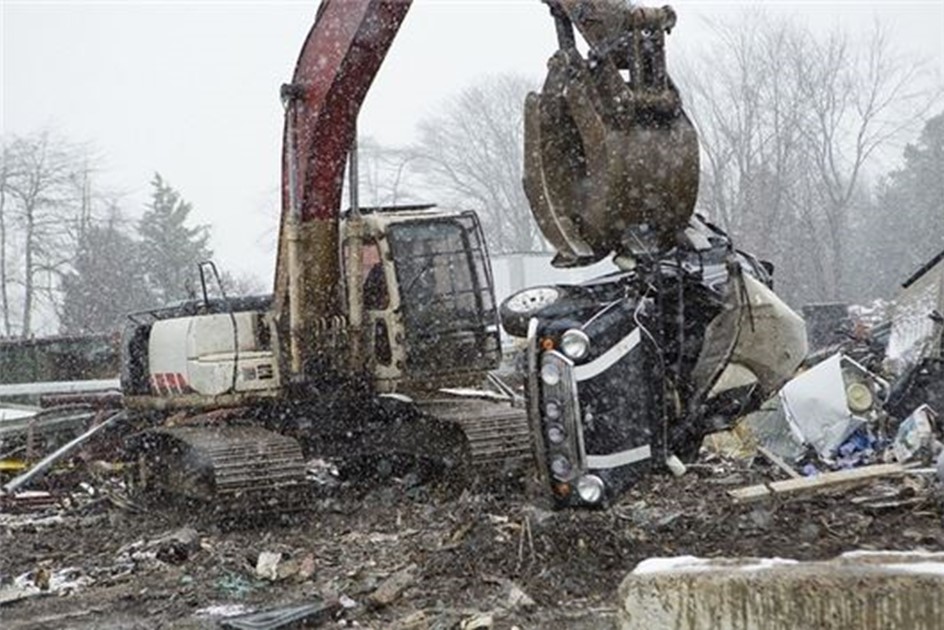The history of the 25-year import rule

For car investors, the 25-year rule is an important date in the calendar. A milestone that signals astronomical value hikes and subsequently, increased ROI if you’ve chosen your asset wisely. But what of this mysterious law’s history? Why did it come to pass and why does it generate such profound implications for the classic car market?
To truly decipher this rule and understand the impetus surrounding it, we must wind back the clock back to the early eighties and journey to the land of the free. In the early part of the decade, grey market imports were becoming increasingly popular in America, offering cheaper models, faster models and generally a wider selection than the domestic market.
A perfect storm was brewing following the USA's stagflation crisis of the seventies, which meant the dollar was appreciating 50 per cent against other currencies, incentivising your average American to buy an imported car from oversees which was usually a more powerful European alternative that cost less than those available at official dealerships.
Certain individuals like Douglas de Board capitalised on this appetite by flooding the market with European models. At the beginning of the decade, 1,500 vehicles were being imported each year but by 1985 that number was north of 60,000 and rising. Approximately 33 per cent of that figure were Mercedes cars, and 20 per cent of Mercedes’ sales in America were grey market cars – all courtesy of de Board – and that’s where the trouble started.
It’s estimated that the German manufacturer lost $300 million domestically. With the benefit of hindsight, it seemed inevitable, and something of an understatement that a global brand of that scale would fight back.
The discrepancy that Mercedes would eventually exploit was that, buy and large, the vehicles imported during that time didn’t meet EPA emission regulations or NHTSA safety regulations. Following an unsuccessful PR information campaign in 1984, Mercedes joined forces with other manufacturers in a concerted effort to lobby government. Naturally, their combined influence bore fruit and brought about the Imported Vehicle Safety Compliance Act, a set of regulations that crucially banned the importation of cars that failed to meet those safety and emissions standards.
The new legislation curbed the influx of cars to just 300 annually by 1995 but of course, there were those who resisted. California-based import specialist Motorex was a key instigator of a hard-fought, but brief revolution. At great personal expense, the company's owner, Hiroaki Nanahoshi crash-tested the outgoing Nissan Skyline R33 in the hopes of enabling the box-fresh R34s to be imported. For a time, the plan worked but in 2005, this effort was quashed as well, with the NHTSA (National Highway Traffic Safety Administration) deeming that not all Skylines would perform equally when crash testing, despite Motorex’s evidence of the contrary. Nanahoshi was eventually jailed with a $1 million bail which, funnily enough, put most others off of following in his footsteps.
CLICK HERE to view our listing for a 1999 Nissan Skyline R34 GT-R V-Spec.
An amendment was made to the law in 1998 that stated the importation of cars over the age of 25 was now permitted, providing collectors with access to their preferred classics. Then, 1999 would see a further tweak to the rules that opened up a loophole for those affluent enough and with the right contacts. The Show and Display Rule allows for the most exclusive vehicles with historical or technological importance to be brought into the country, on the condition that they remain unaltered and are driven less than 2,500 miles annually. Similarly, a select few are permitted to bring their cars into the country for track use only.
Fast forwards to the 2010s and the United States Customs and Border Protection remain staunch in their approach to deterring importers, despite a swathe of petitions hoping to amend or even abolish the law. Their actions made headlines as recently as 2013 and 2014 when they demolished an imported Land Rover Defender and 2000 Mini Cooper respectively, before uploading the harrowing footage online.
For those who play by the rules, bide their time for that all-important quarter-century and resist the allure of the illicit, the patience pay-off is huge. That makes USA classic imports an area of significant interest for investors, but we'll save that for another article...





